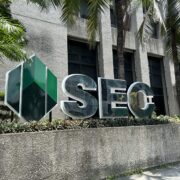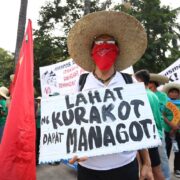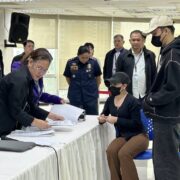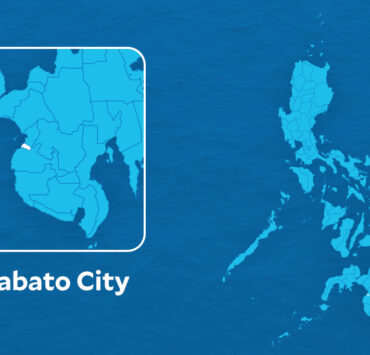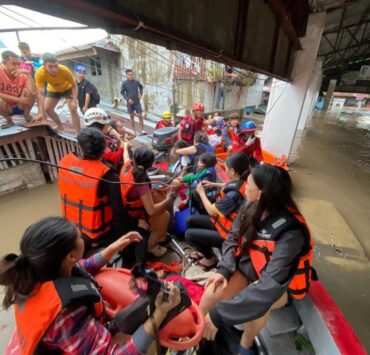PH mining sector urged to reinvent as climate risks intensify
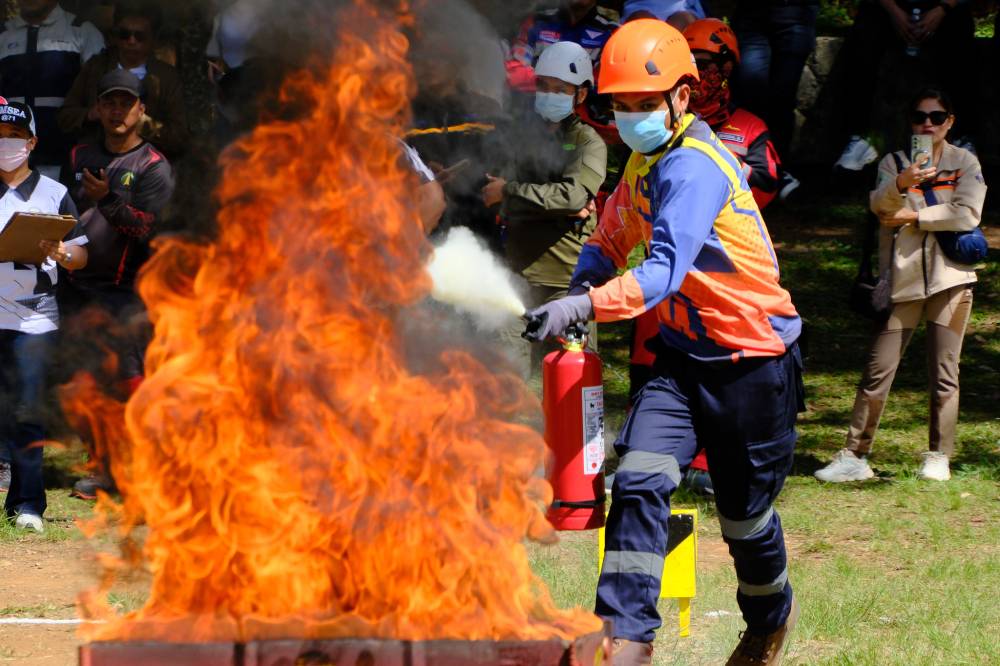
BAGUIO CITY—Mining in the country will require substantive reinvention as the industry confronts the intensifying impacts of climate change, former Environment Secretary Maria Antonia Yulo Loyzaga said during this year’s Mine Safety and Environment Conference held here last week.
Now serving as the private sector liaison for the Office of Civil Defense on the implementation of the National Adaptation Plan rolled out last year, Loyzaga said extreme weather events—long predicted by scientists as a consequence of climate change—have inflicted “fierce and unrelenting” damage on local mines and surrounding communities, exposing “intersecting vulnerabilities that compound already complex risks.”
She said successive strong tropical cyclones in recent years, such as the back-to-back Typhoon “Tino” (international name: Kalmaegi) and Supertyphoon “Uwan” (Fung-wong) in early November, scarred communities where mines operate, including Samar, Masbate, Cebu, Antique, Surigao, and Zambales.
Future-proofing
In these “high-risk times,” mines must reengineer safety protocols, improve utilities and transport systems, and “even the design for the rehabilitation or repurposing of abandoned mines,” Loyzaga said.
Climate change also has “social implications for poverty, human settlements, and public health,” she added.
Loyzaga warned that the cost of inaction as the country faces intensified heat, rainfall, and sea-level rise could reach about P1.4 trillion by 2030, she warned.
As part of “future-proofing” the mining sector, geologist and researcher Graciano Yumul—president of Nickel Asia’s Cordillera Exploration Co. Inc.—said a reliable power source is essential for the digitalization and automation that modern mines must adopt to streamline operations and respond to climate-related disasters.
However, he cautioned that disruptive and erratic weather patterns could require new approaches to harnessing conventional renewable sources, such as wind and solar energy.
Green technology
Meanwhile, tax reforms and simplified licensing rules have been in place to accelerate investments next year.
In 2024, 60 metallic mines, 60 nonmetallic mines, and Minahang Bayan (People’s Mines for artisanal and small-scale operations) produced P316.29 billion worth of minerals, including gold (28,870 kilos valued at P126.36 billion), nickel (P94.23 billion), and copper (256,769 metric tons worth P27.24 billion).
Despite these outputs, the mining sector contributed only 1 to 1.5 percent to the country’s gross domestic product.
Many firms have started shifting to green technologies in a push toward “decarbonization”—pursuing cleaner, more efficient, and renewable-powered mining processes.
Industry leaders, including DMCI Mining president Tulsi Das Reyes, promoted rapid adoption of automated and “green” mining to improve precision and worker safety.
Australian engineer Paul Greany of consulting firm GHD encouraged miners to invest in reprocessing of wastes into cement, soil enhancers, and recoverable minerals, noting that such investments could reduce or eliminate the long-term impact of tailings on communities.








